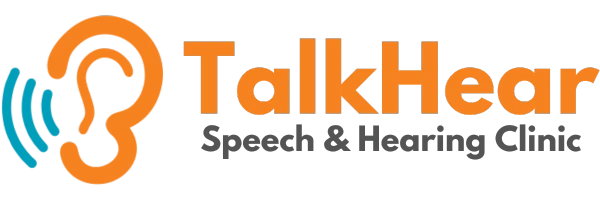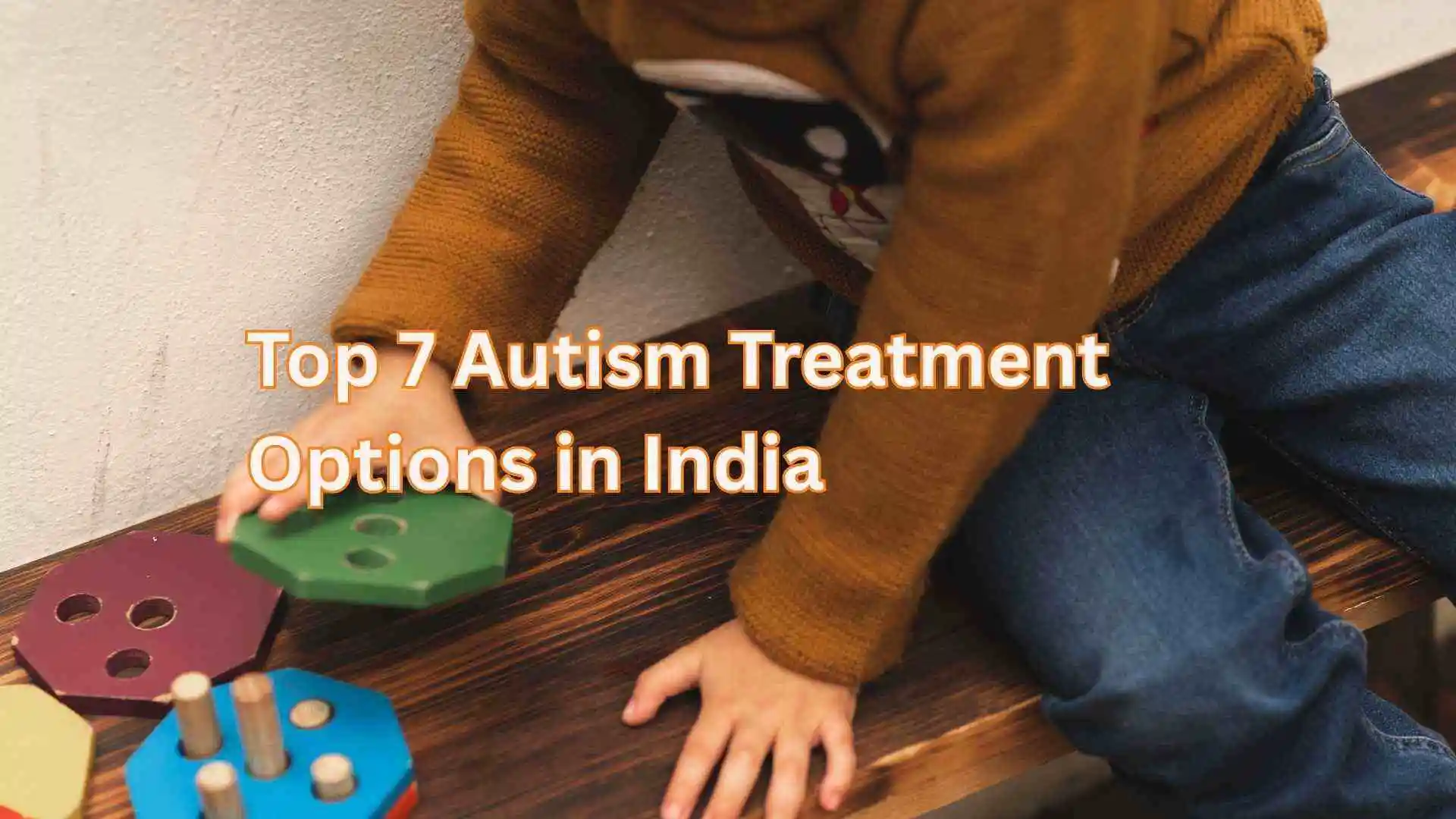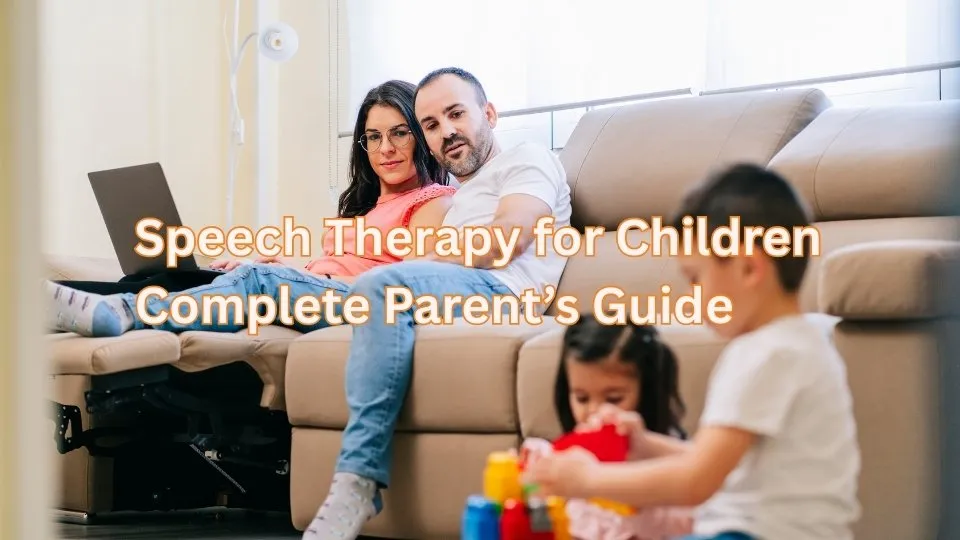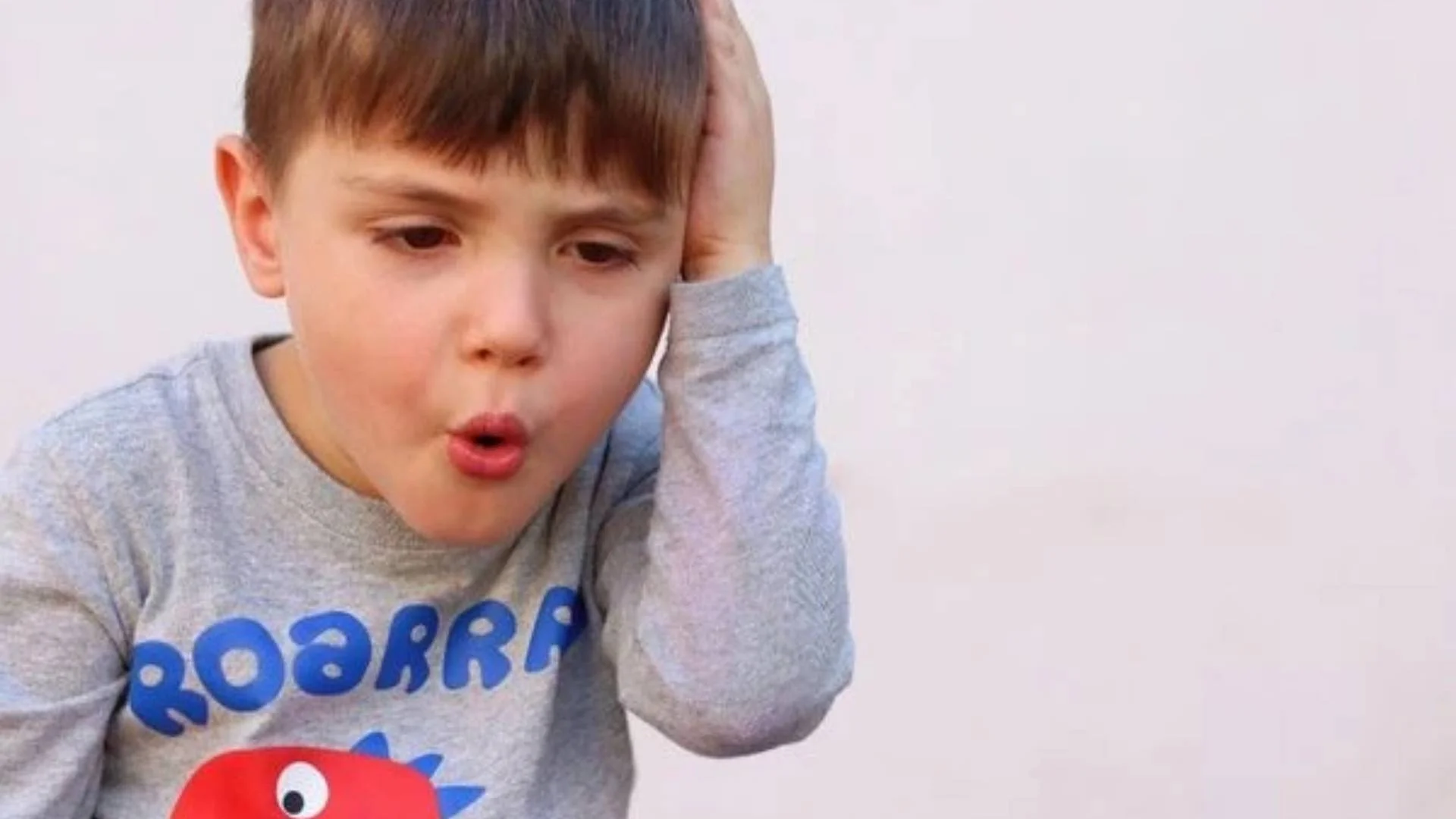Top 7 Autism Treatment Options in India
What Every Parent Should Know in 2025
India is making rapid progress in autism awareness and care. Effective and timely intervention is vital for parents of children diagnosed with Autism Spectrum Disorder (ASD). In this article, we provide a detailed examination of the available treatment options for autism in 2025, alongside researched and practicable frameworks reviewed and implemented in India to aid parents in making the most confident choices. Whether you are at the start of this path or seeking the most recent effective treatments, this complete guide will navigate your decision-making.
1. Occupational Therapy (OT)
OT therapists focus intensely on daily functional tasks such as self-care, schooling, play, and other activities that children on the autism spectrum encounter. Self-care skills trained include grooming, feeding, dressing, and toileting. Physical skills enhanced include fine and gross motor skills, hand-eye coordination, and sensory integration.
Most of our patients get positive results from OT on improving sensory processing and functional skills in autistic children.
OT also addresses challenging behaviors such as head banging, self-injury, poor eye contact, and lack of attention. Occupational therapists use sensory integration techniques and behavioral strategies to reduce self-harming behaviors and improve emotional regulation. Children are also guided to build social interaction skills, better posture control, and spatial awareness.
With the help of OT, children learn to better adapt to their environments, develop self-regulation abilities, and enhance participation in social and educational settings.
2. Applied Behavior Analysis (ABA) Therapy
Applied Behavior Analysis (ABA) therapy is one of the most research-backed and widely practiced approaches for the treatment of autism spectrum disorder (ASD). Backed by decades of empirical research and endorsed by leading institutions such as the National Institute of Health (NIH) and the Centers for Disease Control and Prevention (CDC), ABA has consistently shown positive outcomes in improving communication, social skills, adaptive learning, and behavior regulation (Lovaas, 1987; NIH, 2020).
ABA therapy focuses on understanding how behavior works, how behavior is affected by the environment, and how learning takes place. The core goal is to increase behaviors that are helpful and decrease behaviors that are harmful or interfere with learning and development. This is achieved through structured teaching methods involving positive reinforcement, task analysis, prompting, and fading strategies, all of which are tailored to the child’s individual needs.
Therapy is typically administered in a one-on-one setting, with a trained behavior therapist working under the supervision of an experienced or certified therapist. Each child undergoes a detailed assessment, followed by the creation of an Individualized Behavior Intervention Plan (BIP). These plans often target key developmental areas, such as:
- Language and Communication
- Self-help and Daily Living Skills
- Social Interaction and Play
- Cognitive and Academic Skills
- Reduction of Challenging Behaviors (e.g., aggression, tantrums, self-injury)
Sessions are highly structured and often data-driven. Progress is monitored closely using objective behavioral data, allowing therapists to adjust interventions in real time to meet the child’s evolving needs.
One of the most powerful aspects of ABA is its generalization training, which ensures that skills learned during therapy are transferred to real-world situations—like school, home, and community settings. Additionally, parent training is a core part of ABA programs, empowering families to implement effective strategies and promote learning outside of therapy sessions.
With early and intensive intervention often 20 to 40 hours per week many children with autism have shown significant gains in language development, social behavior, and academic performance, while also reducing maladaptive behaviors that interfere with daily functioning.
ABA therapy is a cornerstone of autism treatment plans and continues to evolve with new research and clinical innovations, making it one of the most trusted and effective options available today.
3. Speech and Language Therapy
Autism presents various communication difficulties as one of its primary symptoms. These can range from complete absence of speech to challenges in understanding language, using gestures, or engaging in meaningful conversations. The American Speech-Language-Hearing Association (ASHA) emphasizes that consistent and early speech therapy can play a critical role in enhancing both verbal and non-verbal communication skills in children with ASD.
Speech and Language Therapy is personalized to meet each child’s unique needs and may involve the following evidence-based approaches:
- Picture Exchange Communication System (PECS)
PECS is a widely used technique that teaches children to communicate using pictures. It is especially effective for non-verbal children or those with limited speech. Children learn to hand over pictures of desired objects or activities to express their needs, which helps reduce frustration and improve social interaction. - Augmentative and Alternative Communication (AAC)
AAC systems range from low-tech tools like communication boards and books to high-tech speech-generating devices and apps. These tools support children who are non-verbal or minimally verbal in expressing their thoughts, making choices, and engaging with others. - Language Stimulation through Play and Structured Activities
Therapists use play-based learning to model language in meaningful contexts. This includes turn-taking games, pretend play and interactive storytelling. Structured activities may also be used to build vocabulary, sentence formation, and comprehension skills. - Social Communication Training
This includes helping children understand and use appropriate verbal and non-verbal cues such as eye contact, facial expressions, tone of voice, and conversational skills like taking turns and staying on topic. - Pragmatic Language Therapy
Focuses on the functional use of language in everyday situations. Children are taught how to initiate conversations, make requests, respond appropriately, and understand social norms in communication. - Articulation and Phonological Therapy
For children with speech sound disorders, therapists work on correct pronunciation, clarity, and fluency of speech, helping the child be better understood by others. - Receptive and Expressive Language Development
Receptive language: Understanding what others say, including following directions and comprehending questions.
Expressive language: Using words, gestures, or signs to express wants, thoughts, and feelings. - Parent and Caregiver Training
Parents are taught strategies to support communication development at home. Consistent practice across environments ensures faster and more sustainable progress.
4. Special Education Services
Children diagnosed with ASD generally have specific educational needs that must be addressed with an individualized approach. Special education incorporates visual materials, one-on-one teaching, and repetitive teaching methods to help learners master academic concepts and develop age-appropriate cognitive skills.
The Individuals with Disabilities Education Act (IDEA) emphasizes the use of IEPs, which are designed for each individual child in accordance with their unique needs and preferred ways of learning.
5. Early Intervention Programs
It has been established that the greatest gains in the development of communication, behavior, and cognitive skills are achieved through early intervention, specifically between the ages of 0 and 6 (Zwaigenbaum et al., 2015).
Most early intervention programs employ a multidisciplinary strategy incorporating ABA, speech therapy, OT, and special education to address all developmental domains. They further facilitate advancement through appropriate parent instruction and diligent monitoring.
Early Intervention at Its Best
The TalkHear Early Intervention Program focuses on children under six years old, utilizing a play-based curriculum alongside structured therapies and ongoing assessments to track progress, make timely adjustments, and meet tailored goals.
6. Parent Training and Support Groups
Treatment success for autism greatly depends on parental involvement. Research highlights the efficacy of parent-mediated treatments in improving communicative abilities and decreasing behavioral problems (McConachie & Diggle, 2007).
Support groups offer additional avenues for emotional support and help in resourceful decision-making.
For Parents:
Our Parent Skill Training Workshops aim to equip parents with behavior management techniques, communication strategies, and lesson designs for home-based sessions, thus enabling them to actively facilitate their child’s advancement.
7. Dietary and Biomedical Interventions
While some biomedical and dietary strategies might aid development, they are not substitutes for therapy. Some of these approaches that families have had success with include:
- Gluten-free, casein-free (GFCF) diets
- Omega- 3 fatty acid supplementation
- Multivitamin products designed for specific metabolic imbalances
As noted in a Cochrane Review by Millward et al. (2008), the results of dietary changes for behavior and attention improvements for younger children are mixed. Some children seem to respond positively to these dietary changes, but professionals must be consulted before any changes are made.
Concluding Thoughts
There is increasingly positive sentiment surrounding the diagnosis, treatment, and support of autism in India. The treatment framework is shifting from siloed services toward integrated care, emphasizing earlier diagnoses, multi-tiered therapies, and family involvement.
For families traversing this landscape, timeliness, reliable service pathways, and sustained action are critical levers. One of the distinguishing features of the TalkHear Clinic in Dwarka, India is its comprehensive service, which includes diagnosis and therapy as well as educational guidance and caregiver support training.
If you’re considering starting or refining your child’s autism treatment plan in India, now is the time. You can equip your child with the resources and integrated programs they need to succeed with research-based therapies and trained specialists.
Are you looking for the right therapy? Call TalkHear Clinic today to book a consultation and discuss therapy customization options tailored to your child’s needs.
References:
National Institutes of Health (NIH) Overview of Autism Spectrum Disorder (2020).
American Speech-Language-Hearing Association (ASHA) Guidelines.
Case-Smith, J., & Arbesman, M. (2008). Evidence-Based Review of Interventions for Autism.



